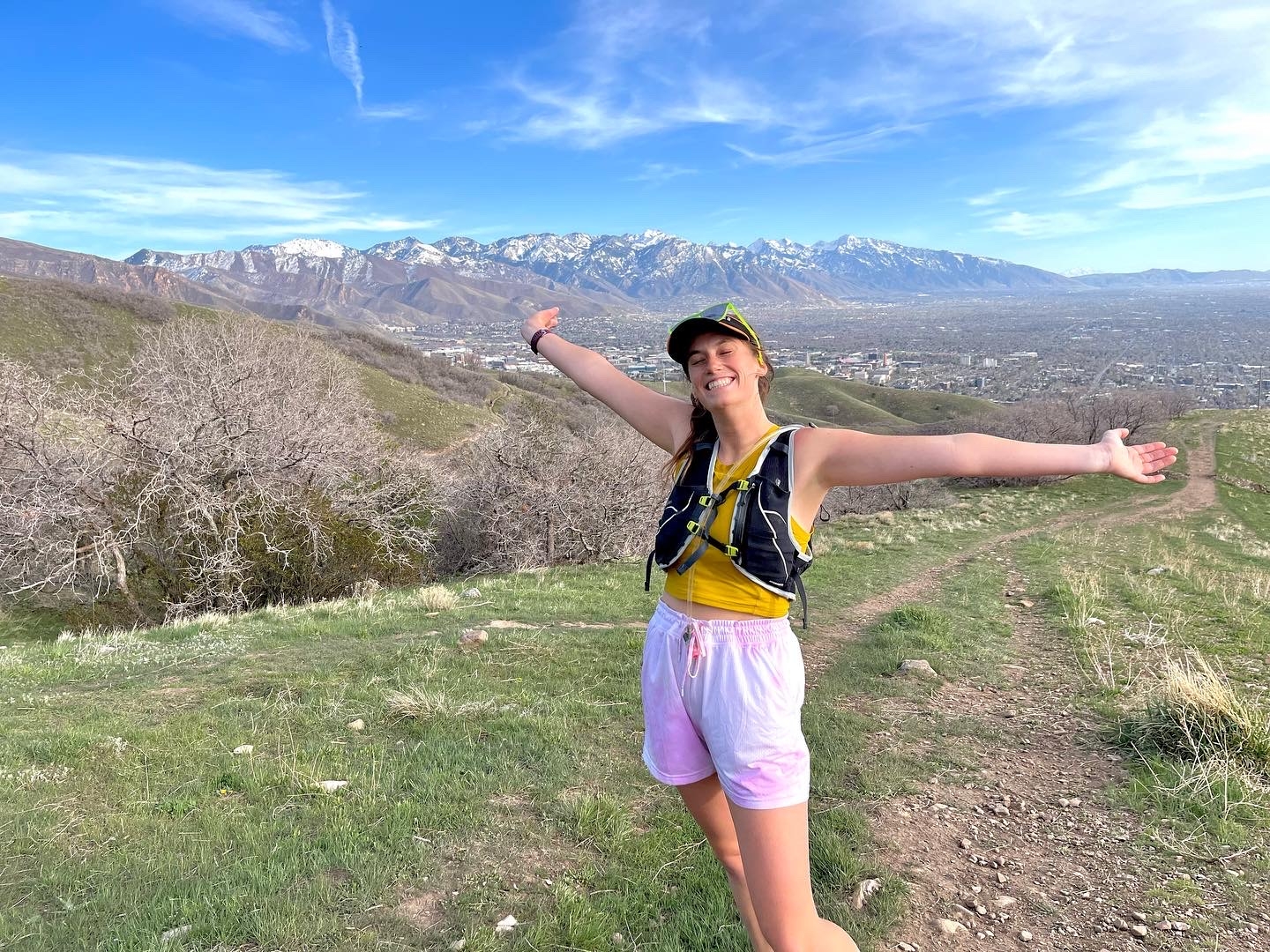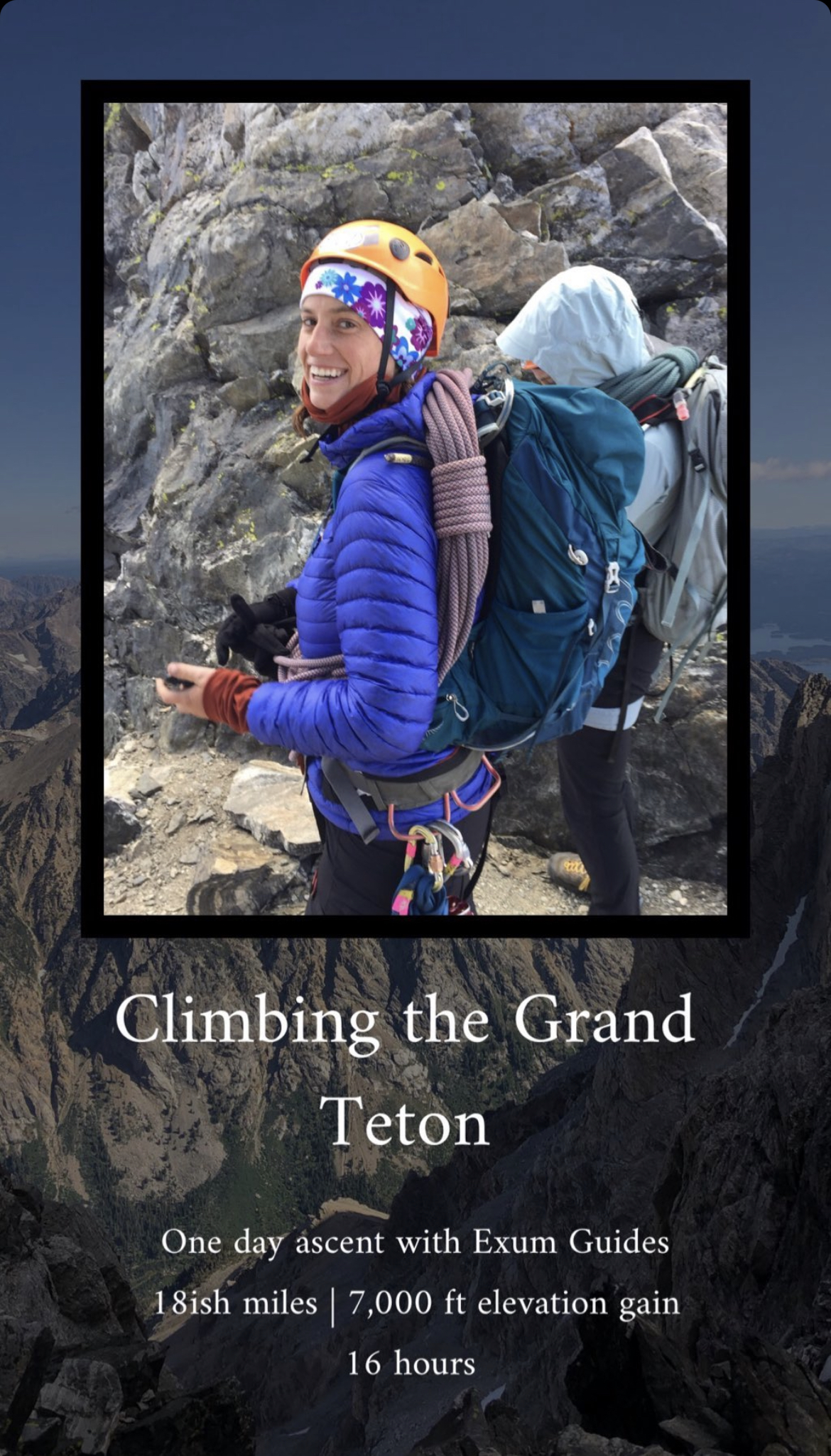Stuck at Home? Follow These 10 Tips to Avoid Thru-Hiking FOMO
Before I sat down to write this article, I was scrolling social media and slipping into one of my dangerous wanderlust moods. This tends to happen when I start my day by looking at hikers waking up in the dirt every day, envying friends who’ve moved to Europe post-grad, or seeing influencers who magically seem to frolic around in the woods and get paid. Though I know logically that none of this is as good as it appears on social media – it’s nearly impossible to be content and motivated to get started with my busy day at home.
FOMO, or “Fear of Missing Out,” is something I’ve struggled with as long as I can remember. It’s hard for me to distinguish between something I truly want to do and something I think I should do because my friends or my community look like they’re having a great time doing it.
Have you ever scrolled through your own social media page and felt a disconnect with your actual reality? Sometimes, I’ll look at my own pictures on Instagram and “want my life.” This concept is so bonkers – and shines a light quite dramatically on the difference between what we choose to share online and our day-t0-day reality. Whenever I fall down the existential rabbit hole of wanting to be where someone else is, I find a way to reground myself. These tips are all practices I use personally to combat the raging FOMO bred by hiker trash social media.

The Uinta Highline Trail has been my only backpacking trip longer than three days in over two years. It can be really hard to stay present in my life when I would rather be basking in the dirt
1. Diversify and Cleanse your Social Media Feed
Take stock of the content you consume. There are so many creators out there, but it is incredibly easy to be sucked into one small niche. If the algorithm pigeon-holes you into only thru-hiking content, you may not see the thousands of creators who also work 9-5s or have familial obligations.
Furthermore, I find it incredibly refreshing to follow hiking and backpacking content that I view as honest. It’s hardly ever glamorous. Filters do a good job of hiding chapped lips, chafed thighs, sunburned shoulders, and pure exhaustion. Following creators who are honest about their highs and lows has actually helped me realize that I need to be truly ready to embark on something like a thru-hike. It’s not as simple as quitting your job and posting pictures of sleeping in the dirt and frolicking along the trail.
Wink wink: Subscribe to The Trek’s newsletter here for down-t0-earth trail updates that tell it like it really is.
2. Take a Break from Social Media Altogether
If you take one week away from Instagram, I guarantee it will still be the same when you get back. I recommend this if you’re really struggling, and having a hard time getting excited about anything in your daily or weekly routine.
We highly recommend journaling about the experience. Here are some questions to consider:
- When do you use social media?
- Do you use it for relaxation (while on a work break), or for distraction?
- Do you find it hard to set time limits with certain apps?
- Do you feel refreshed after a scroll break, or disassociated?
- What kind of content do you share about yourself, and why?
Write about how you felt before and after your break. If you learned something, implement certain rules for yourself around social media. Examples of this can be “no Instagram or Tik Tok between the hours of blank and blank,” or “no phones in bed.” Also, make use of the time limit features for certain apps that most smartphones have.
READ NEXT – Pics or It Didn’t Happen: Is Social Media Ruining Thru-Hiking?
3. Establish a Routine for Exercising Outside

My weekly trail runs keep me grounded AND show me how many trails there are in my area that I’ve yet to explore.
Sure, you might not be able to walk through high alpine wilderness or ford river crossings out your front door. However, committing to exploring your regional parks and trails is a phenomenal way to develop more appreciation for where you are. Exercising outdoors is a key piece of my sanity during long stretches at home without any trips. Establishing and sticking to a routine that excites you can pull you out of the “why can’t I be there instead” trap.
4. Plan Micro-Adventures or Local Backpacking Trips

When I lived in San Diego and needed to escape I would drive an hour out to Mt. Laguna for a simple overnight or a long trail run. Though it’s not the most stunning wilderness area there is, simply getting on a trail helped with restlessness.
Mark off a weekend (or two!) on your calendar for adventures. If you’re able to take three days off, take your time to plan something special. Though two or three days seems like nothing in comparison to a thru-hike, with meticulous planning some pretty epic adventures are possible. When I’m in a period of diligently working five days a week, my two days off can seem to pass in a second. However, when I take the time to plan an overnight backpacking trip, a long trail run, or a road trip to somewhere I haven’t been the time seems to stretch out. Let yourself get excited about even the smallest of trips – a lot of people aren’t even able to make it out of their city on days off.
5. If Thru-Hiking is a Dream… Start Planning
It’s never too early to start thinking about your thru-hike, in a productive way. Instead of consuming media and just waiting and waiting for your turn to come, start to take action. Steps you can take today are starting to budget, building a gear list, and physical training. Focusing on your adventure (however far away it may be), takes away the FOMO-inducing power of others’ adventures. Furthermore, when you have a goal as audacious as a thru-hike, it makes choosing yourself more meaningful. It’s much easier to say no to grabbing a beer or eating out when you know that saved money will go directly into your trail budget.
Personally, I don’t have any thru-hikes on my calendar right now. However, I am training for some ambitious ultra-running races. Though I hate to have to explain myself to my friends, no one pressures me to go out once I explain that I’m training for a long race. Also, if your friends don’t respect your boundaries around your long-term goals, consider the quality of those friendships. 🙂
6. Find a Creative Way to Document Previous Adventures

During the COVID lockdown in March of 2020, I made Instagram story highlights for national parks I’ve visited. It was a really fun and engaging way to create visual scrapbooks of outdoor memories
I’m not a super crafty person, so diving into a little art project requires all my focus. Whether you prefer visual or social media, physical scrapbooks, or maps, documenting previous trips is a really fun way to keep your mind from wandering to “when’s the next one.” It can be super simple – it personally took me all afternoon to put up a map behind my bed of the Wasatch mountains so I could start putting pins in all the local peaks I’ve tagged. Instagram reels, short videos, maps, scrapbooks, or collages are all ways you can memorialize and honor your previous adventures.
7. Do Trail Magic
If you live within driving distance of a national scenic trail, spend a day or weekend doing trail magic. This is an amazing way to see ACTUAL hikers, and not just through the lens of what they choose to post on social media. Chances are, you’ll see some gnarly blisters and/or sunburns and hear some brutal stories too. This is all so helpful when considering the realities of a thru-hike, and when getting ready to plan your own hike.
8. Volunteer for a Local Trail Organization
Especially if you have goals of thru-hiking one day, volunteering for said trail is a very impactful way to stay connected to the community. Even if you don’t live within driving distance of one of the national scenic trails, there are plenty of outdoor organizations for local areas you could volunteer for. Building and maintaining trails is tiring, yet meaningful, work. Additionally, the people you’re going to work alongside are likely cut from the same mold as you. This is a great way to meet fellow hikers and outdoor advocates in your community while spending your day doing impactful work for your backyard trails.
- Volunteer on the Appalachian Trail
- Volunteer on the Pacific Crest Trail
- Volunteer on the Continental Divide Trail
9. Find a Local Hiking Group

I’m part of a women’s trail running group in Salt Lake City. I have met so many amazing people, including former thru-hikers who fuel my desire to plan for a long trail one day.
Social media is a great place to look for groups in your area. I’ve found all sorts of pages via Facebook and Instagram for hiking, climbing, trail running, and even backcountry skiing connections. If you type “your area + hiking” (or whatever hobby you like to do) into the Facebook group search all local results will populate. This is an amazing way to meet people, find new trails, and feel grounded in your own community. Especially if you’re new to an area or have recently had a life change, finding a group like this can be life-saving.
10. Ask for Help if You Need It
There is a marked difference between light FOMO / dreaming about your next adventure and not wanting to live your own life. If you’re not finding joy in any part of your routine, it may be a good idea to speak to a professional.
READ NEXT – Post-Trail Depression: It’s Not What You Think
Finding routine, community, and peace at home is imperative while in-between adventures. As a former or hopeful future thru-hiker, spending hours a day devouring others’ adventures via social media can reach an unhealthy point. Whenever I find myself unable to stop scrolling, or inexplicably despondent after signing off Instagram, I know it’s time to put some of these tips back to work.
Featured image: Graphic design by Jillian Verner (@yourstrulyjillian).
This website contains affiliate links, which means The Trek may receive a percentage of any product or service you purchase using the links in the articles or advertisements. The buyer pays the same price as they would otherwise, and your purchase helps to support The Trek's ongoing goal to serve you quality backpacking advice and information. Thanks for your support!
To learn more, please visit the About This Site page.


Comments 1